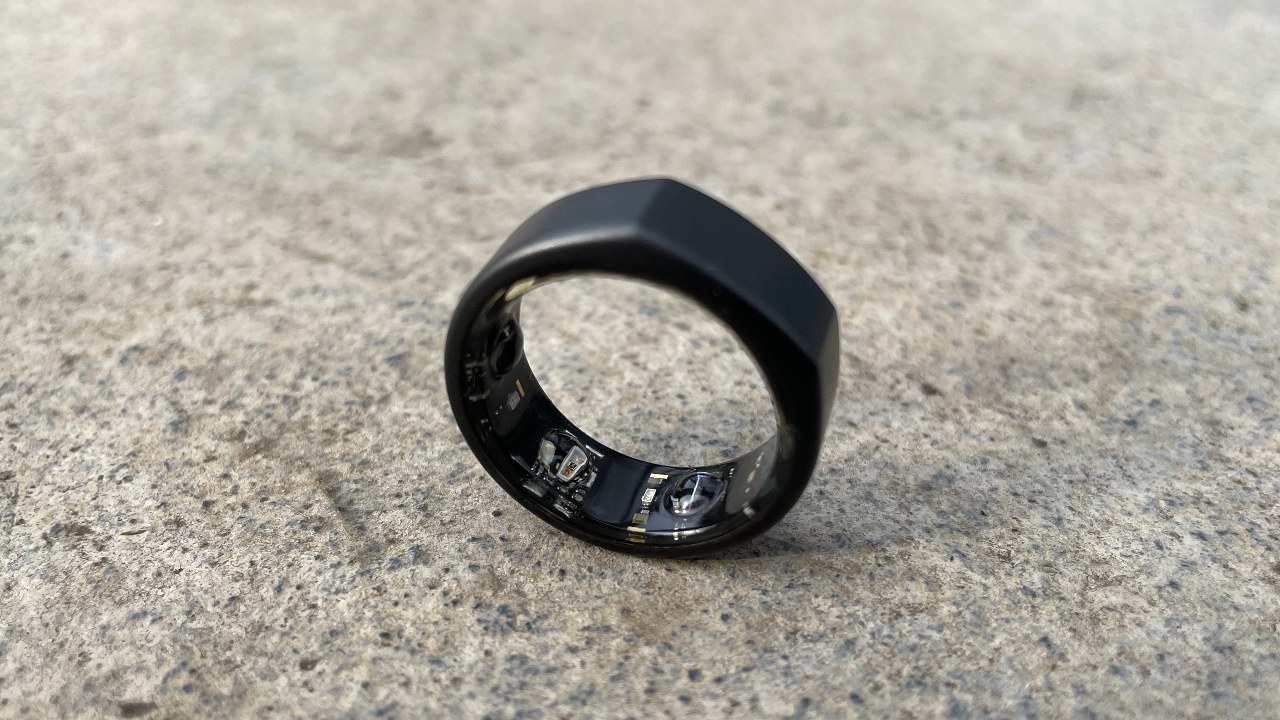Our Verdict
The Oura Ring remains the best sleep tracker we’ve tested, but the third version has not proved an upgrade on the second. The few new features released fail to impress and others are still unavailable months after the ring’s launch.
For
- Great sleep tracking
- Useful readiness advice
- Attractive, unobtrusive design
Against
- New features missing
- Heart rate often not tracked in the day
- Monthly subscription on top of high price
You can trust Coach
I loved the Oura Ring 2, which I wore from the moment it arrived until I could replace it with the Oura Ring 3. The Oura Ring is the most accurate and useful sleep and recovery tracker I’ve tested, and became the first device whose advice I followed closely with the aim of improving my sleep.
That remains the case with the Oura Ring 3, which is also an excellent sleep and recovery tracker, and takes its place on our list of the best heart rate monitors. However, the gloss has been taken off by a monthly subscription and the new features launched with the third version of the ring, which mostly either underwhelm or are yet to arrive almost six months after the Oura Ring 3 went on sale.
Oura Ring 3 Review: Price And Availability
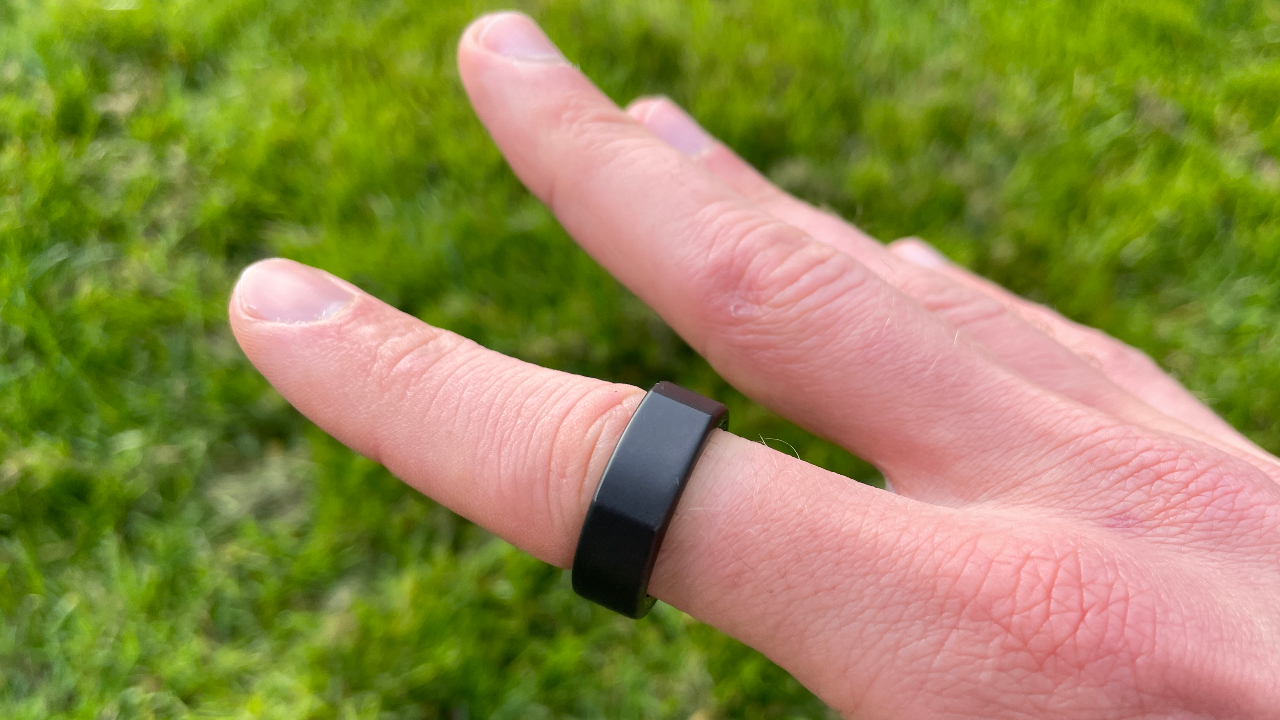
The Oura Ring 3 is available now on the Oura website. It costs $299 for the silver or black ring, which is around £229 at the time of writing, or $399 (around £305) for the gold and “stealth” versions. On top of this you pay a monthly subscription of $5.99 (around £4.59) to unlock all the analysis in the partner app.
Before receiving the ring you are sent a sizing kit with plastic rings to help choose the right size. It needs to be snug, but bear in mind your hands will swell up at night and you don’t want it to be uncomfortable. I fell between two sizes, and if you find yourself in the same boat I recommend choosing one that will fit on a couple of fingers. Your fingers change size throughout the day and night, and I found moving it around ensured a better fit at different times.
Buy from Oura | $299
Design
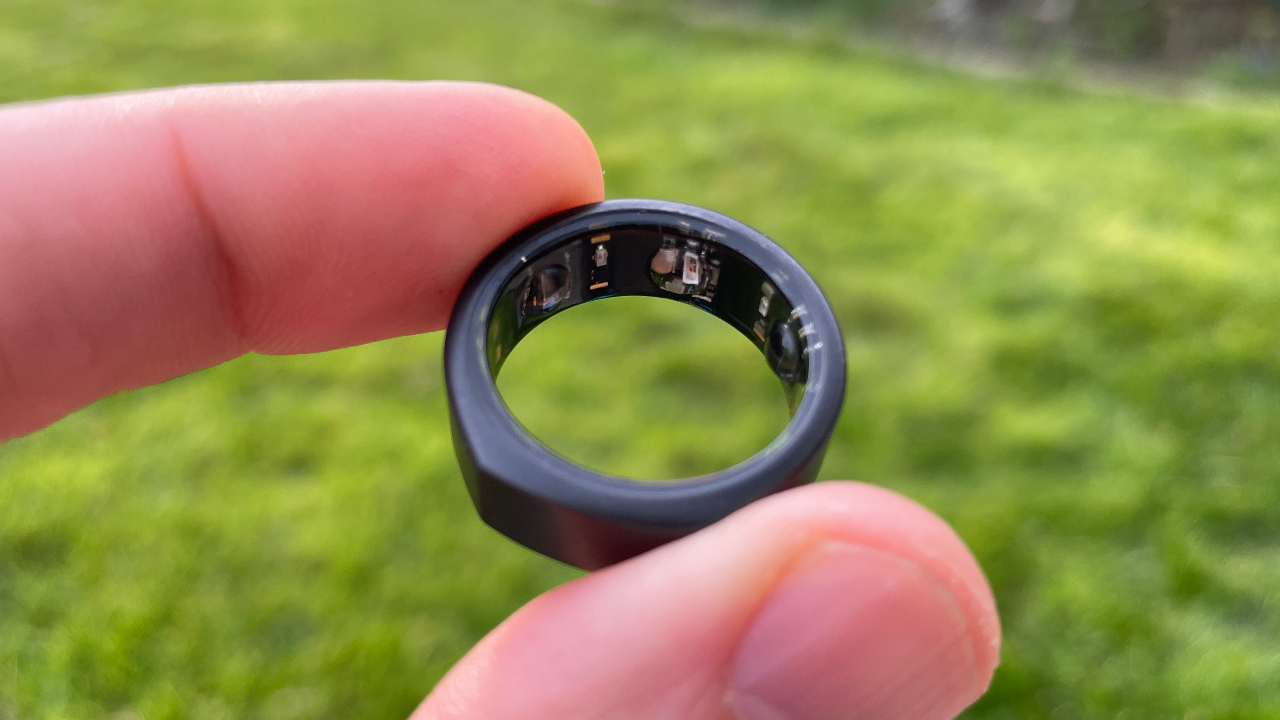
The Oura Ring 3 has an array of new sensors, but felt the same size as the 2 on the finger. The new sensors track your heart rate throughout the day and open up the possibility of heart rate tracking during workouts, although this is one of the new features that has yet to arrive. You can also see your live heart rate in the app, and women can get predictions as to when their period is due (iOS only, arriving on Android in 2022).
Other new sensors monitor blood oxygen saturation (though this has not been enabled yet), and the temperature sensor has had its accuracy improved. Another promised upgrade is an improvement in the accuracy of tracking the stages of your sleep.
I tested the stealth version, which is a matt black colour, after using the shiny black version of the second generation ring. I prefer the look of the stealth ring, but it has been scuffed and shows scratches in a way the black ring never did. If you are worried about that then the black or silver ring may be a better option.
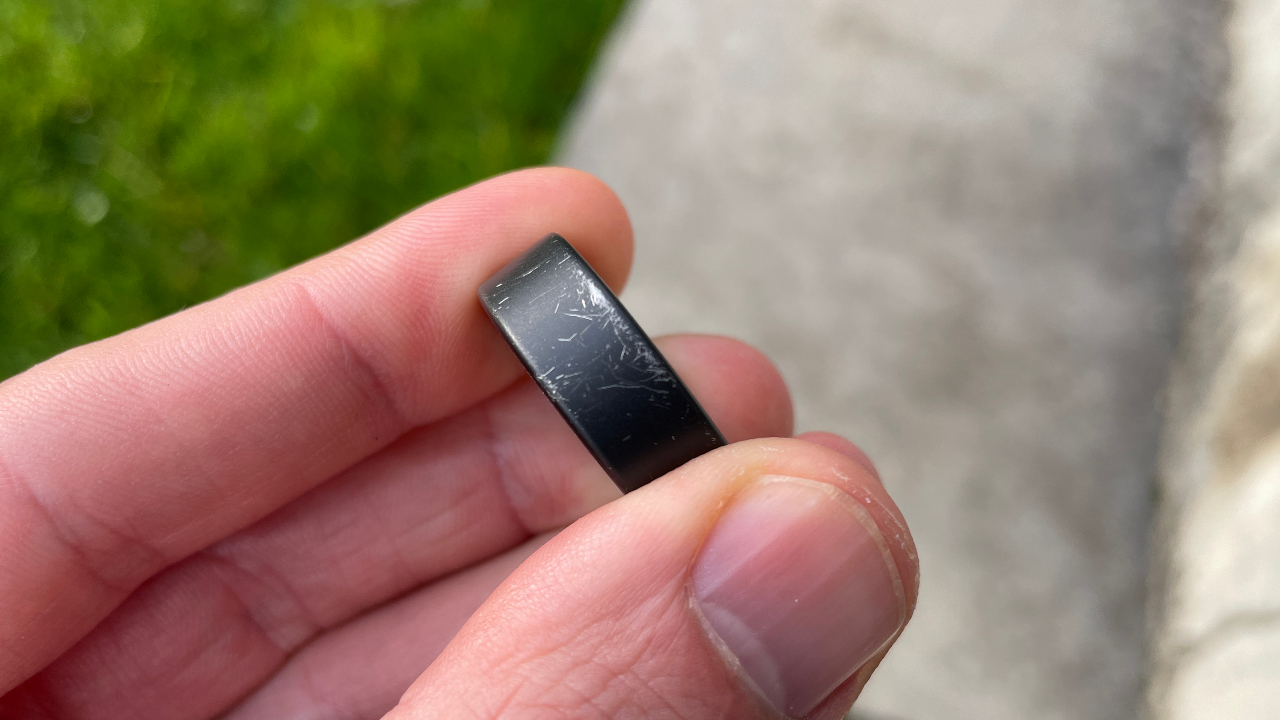
New Features
I only wore the Oura Ring 2 at night, since the daytime tracking it offered was basic and did little to affect the overall sleep and readiness scores the app gave. The Gen3’s new sensors should change that, with daytime heart rate monitoring and workout HR (when it arrives) giving a reason to keep the ring on at all times.
However, after several months with Ring 3 I’ve found that it delivers the same experience as the Ring 2. While that’s good news for sleep and readiness tracking, it means the new features have failed to make an impression.
The daytime heart rate frequently records nothing. The notes in the app suggest that the ring will track your daytime heart rate only when you are relatively still, so there may be long stretches with no data. I envisaged a graph of my heart rate throughout the day showing spikes for workouts and then periods of restorative time that contribute to my overall recovery and readiness scores. Thus far, I’ve just had a graph with gaps, missing workouts entirely and often still failing to register calm periods too. It’s a far cry from the accuracy I’ve come to expect from the Oura Ring.
The app states that it will not log a heart rate reading if it can’t get accurate information, which is an approach I applaud: I’d rather get no data than bad data. But if it struggles to get accurate data most of the time despite being snug on my finger as instructed, then the daytime heart rate feature loses its appeal.
It remains to be seen what will happen with workout heart rate but it’s not encouraging that this feature – meant to arrive before the end of 2021 – has not. Two other features due in 2022 (blood oxygen saturation tracking and improved sleep stages analysis) are also yet to appear.
Sleep And Readiness Tracking
Once you have the ring it takes a couple of weeks to set your baselines for the data it collects, and the data gets more accurate as time goes on. Each day you will be given a sleep score based on a range of factors, such as duration, continuity, time in REM (rapid eye movement) and deep sleep, as well as heart rate variability. This feeds into your readiness score. A higher readiness score means you are primed for intense training sessions, and you’ll be given a higher activity target based on calories, while on days where Oura detects you’ve not recovered well, you’ll get a low readiness score and a low target.
I’m as impressed as ever by the accuracy of the sleep and readiness scores, which pull in a lot of data and present the results in accessible fashion. The data is not infallible, and there are times when I feel the ring is overrating the quality of my sleep, but generally I find it’s accurate enough to be useful in monitoring my recovery during busy training periods, especially when training for a marathon.
The readiness scores mostly tally up with how I feel. When they start to fall, I follow the suggestions for lower levels of activity and earlier bedtimes to help myself recover and feel fresh the next day.

The ring is also remarkable at spotting when I get ill, a feature which worked well on the Oura Ring 2 and which should be even better with the upgraded temperature sensor on the Gen3. Generally, I can see my body temperature and resting heart rate start to rise before more noticeable symptoms hit, which I usually then trace back to the day my toddler came home from nursery with a nasty bug.
It does this better than other wearables, and I happened to have my Covid booster jab while wearing both the Oura Ring 3 and the Whoop 4.0. I had side effects, such as muscle aches, cold symptoms and night sweats, and the Oura quickly spotted my body temperature and heart rate were out of whack and suggested I go into rest mode. For its part, the Whoop said a body temperature rise of 2°C above average was within my normal range.
This knack of spotting when my body is sickening has also been useful during the pandemic. I would never say you can trust a wearable device to diagnose an illness, but during the frequent periods I’ve gone through wondering whether I had Covid, the ring saying that my temperature and other stats were all normal was reassuring.
Battery Life
The battery life is listed at four to seven days, which is odd because there’s no real way to use more or less battery on the Oura as far as I can tell: it just tracks in the background at all times. I have had to charge the ring every four to five days – you get a notification in the app that reminds you to do this before you go to bed.
Is The Oura Ring 3 Worth It?
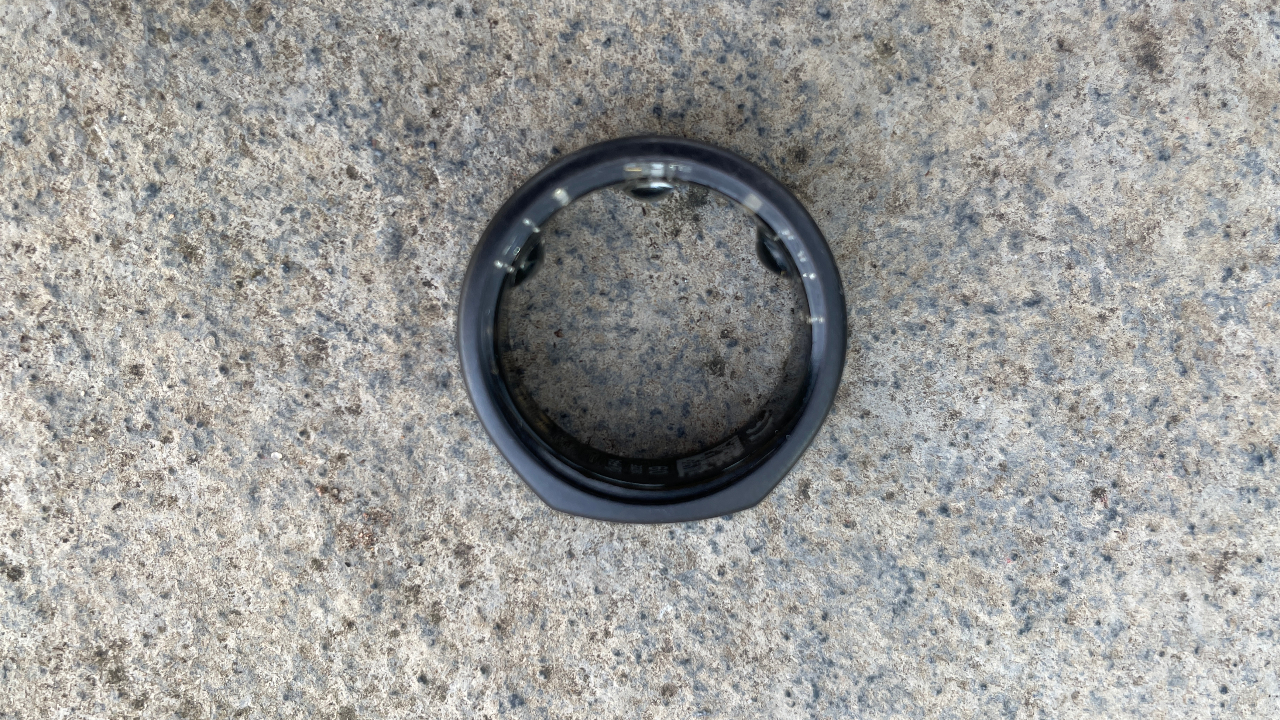
The Oura Ring 3 is a great sleep and recovery tracker, and you can use its readiness ratings to help you plan your training or your general level of activity each day. Unfortunately, that was true of the Oura Ring 2, and none of the new features that have arrived on the Ring 3 have won me over. I will add that the menstruation prediction feature gets great reviews, but I have been unable to get test data or feedback on that.
Having to pay a subscription to get your data in the app is not a welcome development either. Those who use the free version just get the three scores – Readiness, Sleep, Activity – plus basic info like ring battery and their profile.
I am not a fan of brands locking the info they collect about you behind a paywall, but it’s a particular shame with the Oura Ring because it is already expensive. The main rival in this area is the Whoop 4.0 strap: this has a subscription-only model that is more expensive than the Oura sub, at £20-£30 a month depending on how long a subscription you purchase upfront, but the strap itself is free.
Bearing in mind that when you buy the ring you get six months’ free membership to the Oura app before you have to start paying the subscription, it is smart to hold off buying it until the new features have arrived. Otherwise you could be almost through your free period before they are available.
I still think the Oura Ring 3 is the best tracker of its type, but it is a niche device and many of the areas it covers are now available on sports watches. Garmin’s Body Battery and Polar’s Night Recharge measurements are examples of this. The Oura offers improved accuracy and greater insights than the watches, though it does so at a high price and has little in terms of tracking anything outside your sleep and recovery.

Nick Harris-Fry is a journalist who has been covering health and fitness since 2015. Nick is an avid runner, covering 70-110km a week, which gives him ample opportunity to test a wide range of running shoes and running gear. He is also the chief tester for fitness trackers and running watches, treadmills and exercise bikes, and workout headphones.
